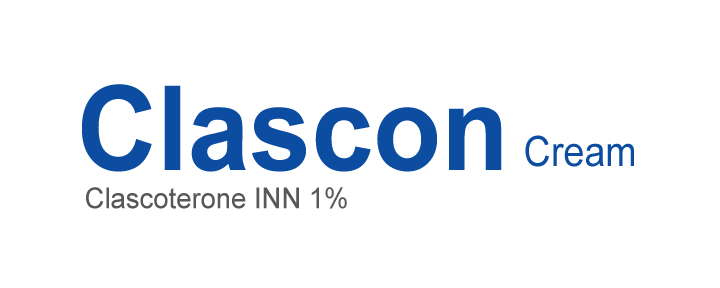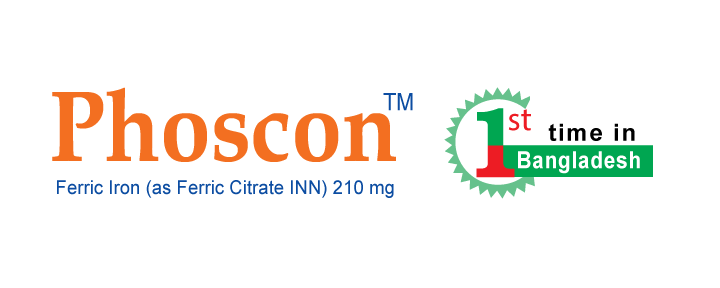Human Health Division (HHD) Products
Product List by Brand Name
Torcox
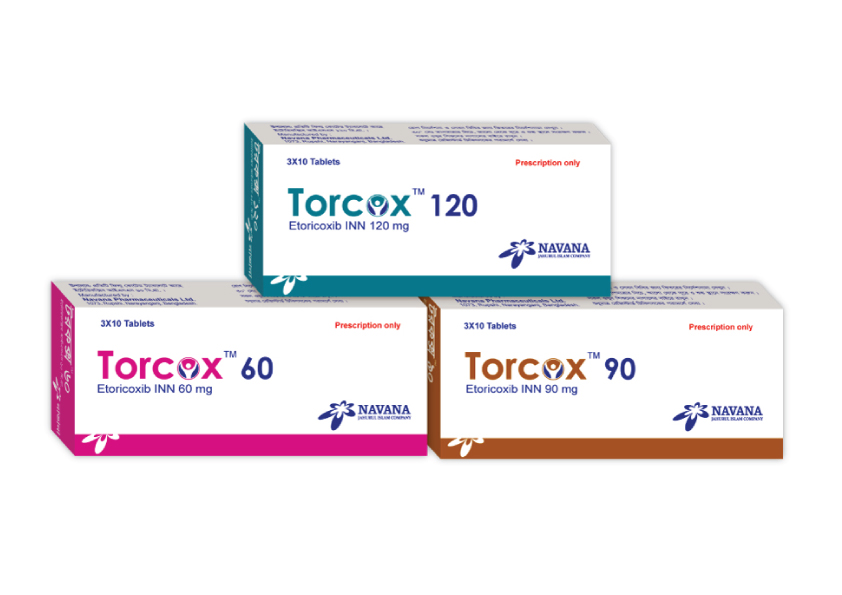
COMPOSITION
Torcox™ 60 Tablet : Each film coated tablet contains Etoricoxib INN 60 mg.
Torcox™ 90 Tablet : Each film coated tablet contains Etoricoxib INN 90 mg.
Torcox™ 120 Tablet : Each film coated tablet contains Etoricoxib INN 120 mg.
INDICATION
Torcox™ (Etoricoxib) is indicated for relief of pain and inflammation in -
• Osteoarthritis
• Rheumatoid arthritis
• Ankylosing spondylitis
• Other chronic musculoskeletal disorders
• Acute gout
• Primary dysmenorrhoea &
• Dental pain
DOSE AND ADMINISTRATION
Pain and inflammation in Osteoarthritis:
• Child 16-17 years: 30 mg once daily, increased if necessary to 60 mg once daily
• Adult: 30 mg once daily, increased if necessary to 60 mg once daily. Pain and inflammation in rheumatoid arthritis & Ankylosing spondylitis:
• Child 16-17 years: 60 mg once daily, increased if necessary to 90 mg once daily.
Adult: 60 mg once daily, increased if necessary to 90 mg once daily.
Acute gout:
• Child 16-17 years: 120 mg once daily for maximum 8 days
• Adult: 120 mg once daily for maximum 8 days
Dental pain:
• 90-120 mg once daily for maximum 8 days.
Primary dysmenorrhoea
• 120 mg once daily for maximum 8 days
or as directed by the physician
Trizin

Composition:
Trizin™ Sterile Eye Drops: Each ml contains Cetirizine
Dihydrochloride BP equivalent to Cetirizine 2.40 mg.
Preservative: Sodium Perborate BP 0.001%.
Indications:
Trizin™ Sterile Eye Drop is indicated for the treatment of
ocular itching associated with allergic conjunctivitis.
Dosage and administration:
The recommended dosage of Trizin™ Sterile Eye Drop is
to instill one drop in each affected eye twice daily
(approximately 8 hours apart) or directed by the
physician.
Toma
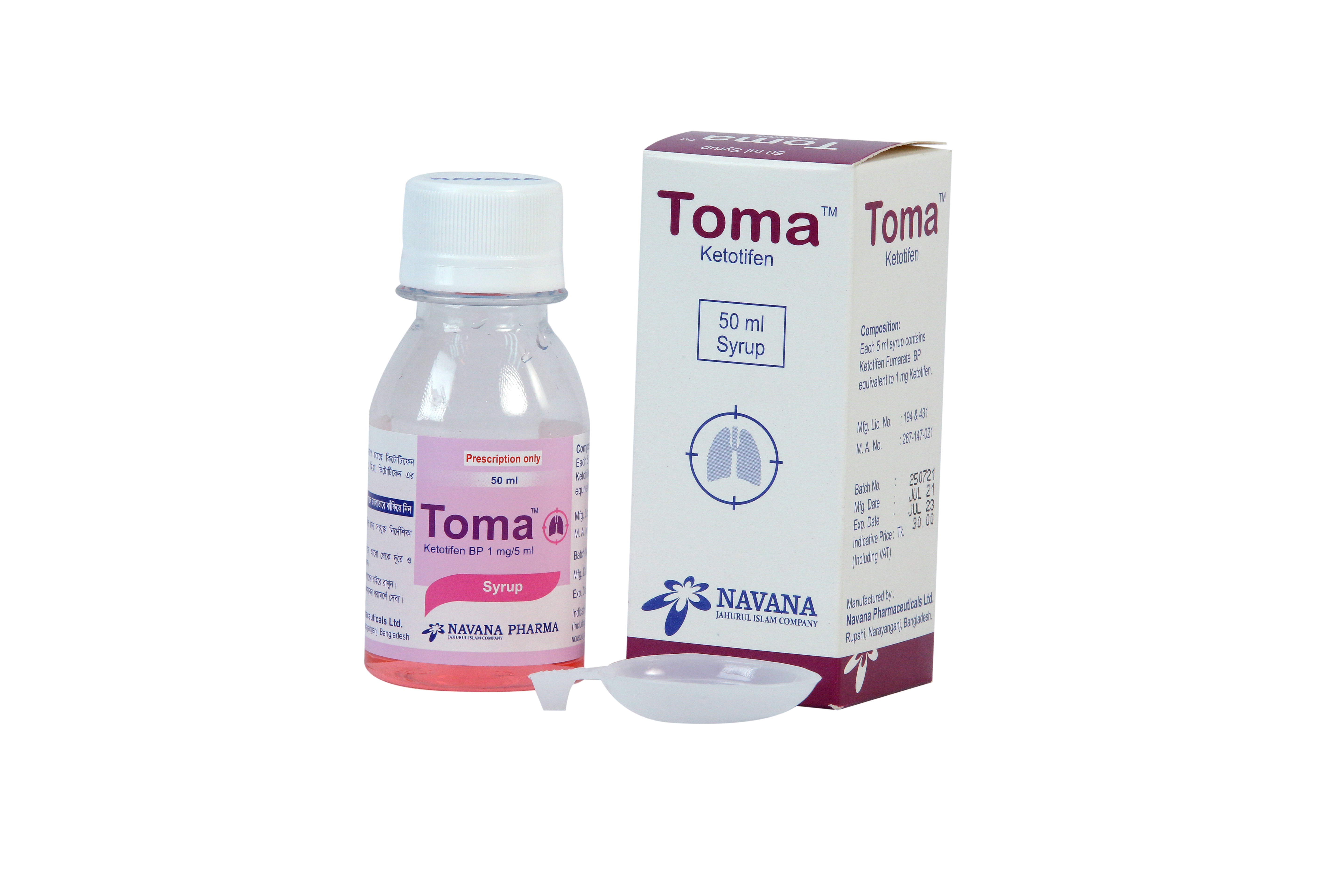
Composition
Toma™ Tablet: Each tablet contains Ketotifen Fumarate BP equivalent to 1 mg Ketotifen.
Toma™ Syrup: Each 5 ml syrup contains Ketotifen Fumarate BP equivalent to 1mg Ketotifen
Indication
• Prophylactic treatment of bronchial asthma.
• Allergic rhinitis ( seasonal and perennial).
• Allergic conjunctivitis.
• Allergic conditions such as hay fever, itchy rash.
Dose & Administration
Adult: 1 mg twice daily with food. If necessary the dose may be increased to 2mg twice daily in severe cases.
Children above 2 years: 1 mg twice daily with food.
From 6 month to 2 years: 0.05 mg (0.25 ml) per kg of body weight twice daily.
Use in elderly: Same as adult dose.
Missed dose: If a dose is missed, should be taken as soon as possible. If it is almost time for the next dose, skip the missed dose and the regular dosing schedule should be maintained. Dose should not be doubled in case of a missed dose.
Patient's known to be easily sedated should begin treatment with 0.5 to 1 mg at night for the first few days or as directed by the physician
Tabis Plus
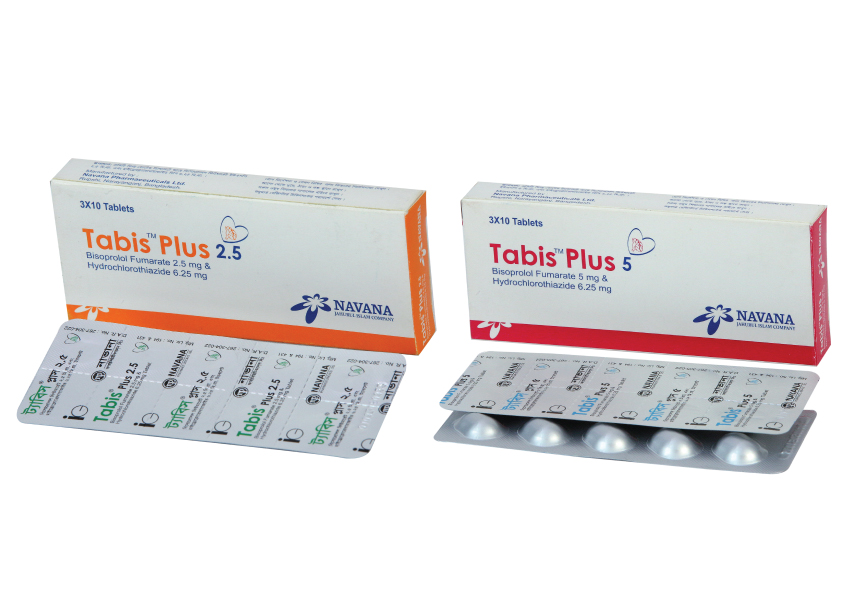
Composition:
Tabis™ Plus 2.5 Tablet: Each film coated tablet contains Bisoprolol Fumarate USP 2.5 mg and Hydrochlorothiazide BP 6.25 mg.
Tabis™ Plus 5 Tablet: Each film coated tablet contains Bisoprolol Fumarate USP 5 mg and Hydrochlorothiazide BP 6.25 mg.
Indication:
Tabis™ Plus is indicated for the management of hypertension.
Dose & Administration:
The initial dose is 2.5/6.25 mg once daily. Subsequent titration (14 day intervals) may be carried out with Tabis™ Plus tablets up to the maximum recommended dose 20/12.5 mg once daily as appropriate.
Tabis

Composition
Tabis 2.5 Tablet: Each film coated tablet contains Bisoprolol Fumarate USP 2.5 mg.
Tabis 5 Tablet: Each film coated tablet contains Bisoprolol Fumarate USP 5 mg.
Indications
• Hypertension
• Angina
• Adjunct in stable moderate to severe heart failure.
Dosage & Administration
Hypertension: The dose of Bisoprolol must be individualized to the needs of the patient. The usual starting dose is 5 mg once daily. In some patients, 2.5 mg may be an appropriate starting dose. If the antihypertensive effect of 5 mg is inadequate, the dose may be increased to 10 mg and then, if necessary, to 20 mg once daily.
Angina: Usually 10 mg once daily (5 mg may be adequate in some patients) max 20 mg daily.
Heart Failure: Initially 1.25 mg once daily (in the morning) for 1 week then, if well tolerated, increased to 2.5 mg once daily for 1 week, then 3.75 mg once daily for 1 week, then 5 mg once daily for 4 weeks, then 7.5 mg once daily for 4 weeks, then 10 mg once daily, max 10 mg daily or as directed by the physician.
Topcef
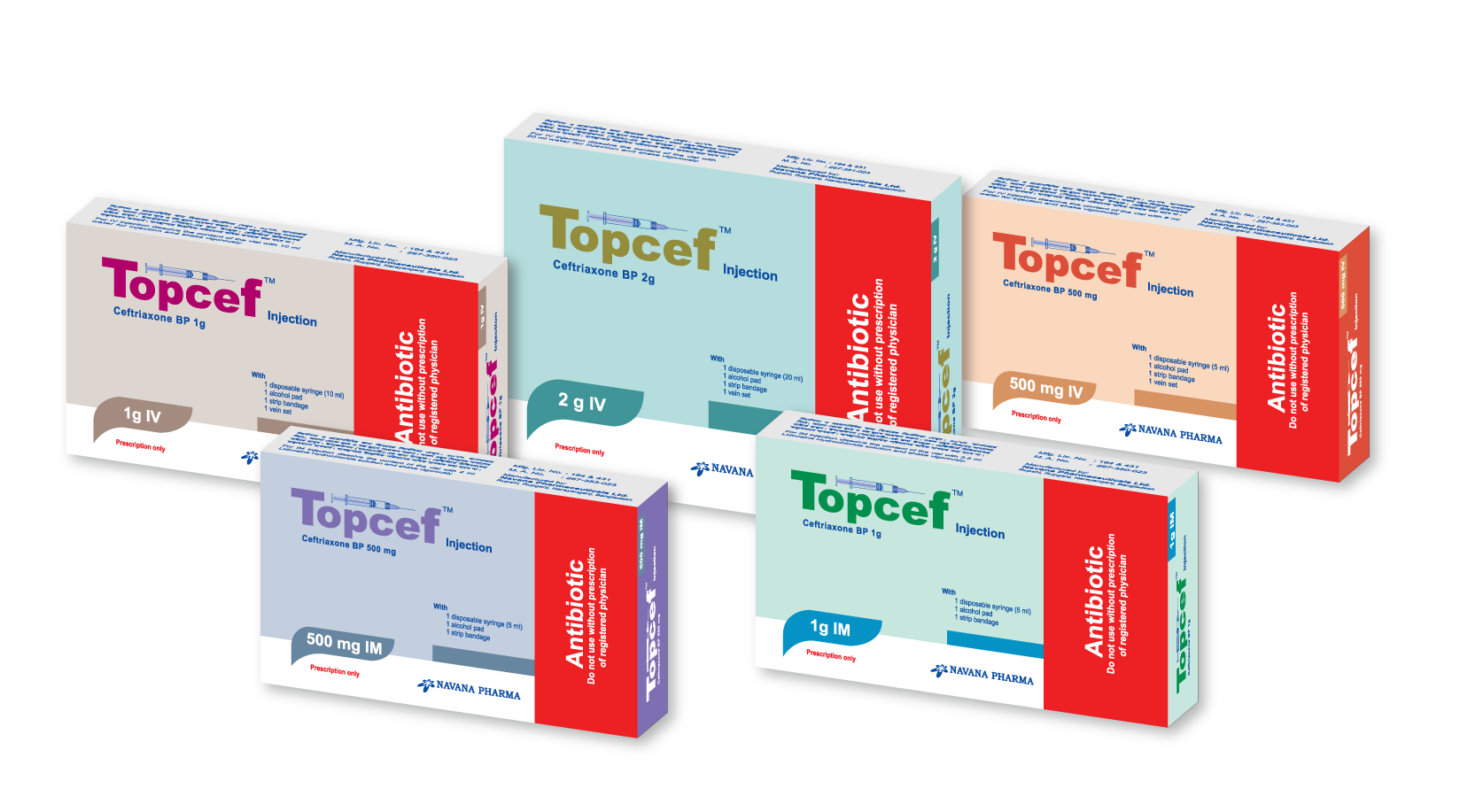
Composition:
Topcef™ 250 mg IM Injection: Each vial contains dry substance equivalent to 250 mg Ceftriaxone (as sterile Ceftriaxone Sodium BP) with 2 ml Lidocaine Hydrochloride BP 1% Injection.
Topcef™ 500 mg IM/IV Injection: Each vial contains dry substance equivalent to 500 mg Ceftriaxone (as sterile Ceftriaxone Sodium BP) with 2 ml Lidocaine Hydrochloride BP 1% Injection for IM injection or 5 ml Water for Injection BP for IV injection.
Topcef™ 1 g IM/IV Injection: Each vial contains dry substance
equivalent to 1 g Ceftriaxone (as sterile Ceftriaxone Sodium BP) with
3.5 ml Lidocaine Hydrochloride BP 1% Injection for IM injection or 10
ml Water for Injection BP for IV injection.
Topcef™ 2 g IV Injection: Each vial contains dry substance equivalent
to 2 g Ceftriaxone (as sterile Ceftriaxone Sodium BP) accompanied by
2 ampoules each contain 10 ml water for injection.
Indication:
Topcef™ is indicated in sepsis, meningitis, neurosyphillis, abdominal infections (peritonitis, infections of the biliary and gastrointestinal tracts), infections of the bones, joints, soft tissue, skin and of wounds, renal and urinary tract infections, respiratory tract infections, ear, nose and throat infections, genital infections, including gonorrhoea, perioperative prophylaxis of infections.
Dosage and Administration:
Adults and children over 12 years: The usual dose is 1-2 g of Topcef™ once daily (every 24 h). In severe cases, the dose may be raised to 4 g once daily. Neonates, infants and children up to 12 years: Neonates (up to 14 days): A daily dose of 20-50 mg/kg body weight, not to exceed 50 mg/kg. Infants and children (15 days to 12 years): A daily dose of 20-80 mg/kg. For children with body weights of 50 kg or more, the usual adult dose should be used. Elderly patients: The dosage recommended for adults require no modification in case of geriatric patients. Duration of therapy: The usual duration of therapy is 4 to 14 days; in complicated infections, longer therapy may be required. When treating infections caused by Streptococcus pyogenes, therapy should be continued for at least 10 days. Meningitis: In bacterial meningitis in infants and children, treatment begins with dose of 100 mg/kg (not to exceed 4 g) once daily. Gonorrhoea: a single IM dose of 250 mg Topcef™ is recommended. Perioperative prophylaxis: a single dose of 1-2 g depending on the risk of infection of 30-90 minutes prior to surgery. In colorectal surgery, administration of Topcef™ with or without a 5-nitroimidazole, e.g. Omidazole, has been proven effective.
Impaired renal and hepatic function: In patients with impaired renal function, there is no need to reduce the dosage of Topcef™ provided hepatic function is intact. In patients with liver damage, there is no need for the dosage to be reduced provided renal function is intact Or as directed by the physician.
